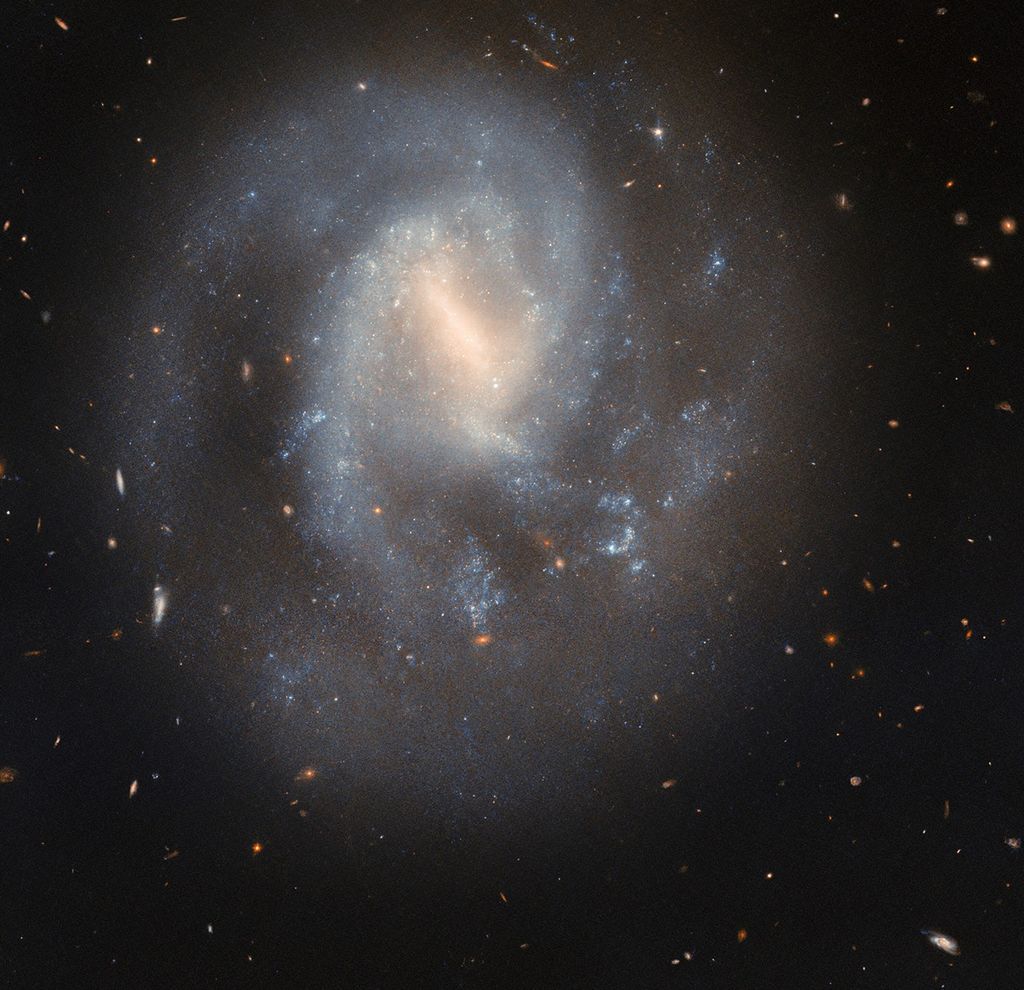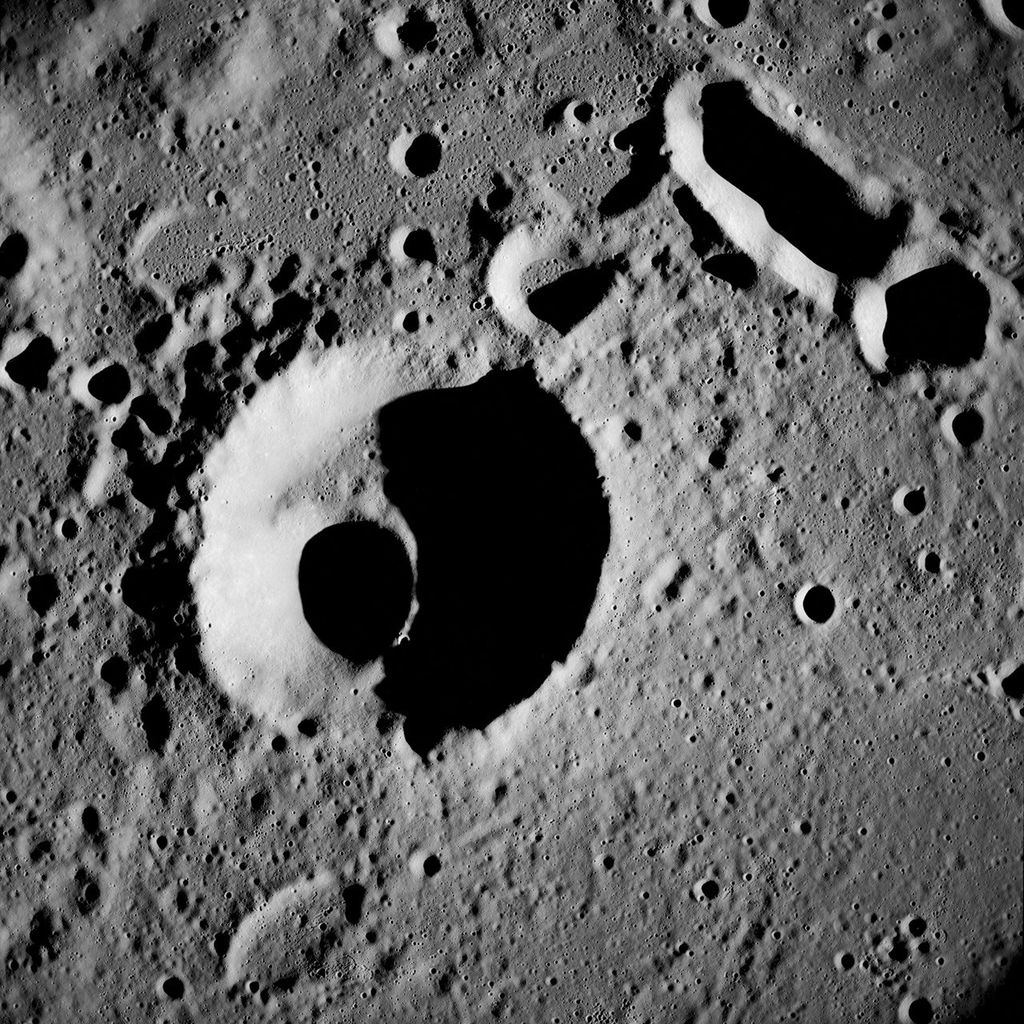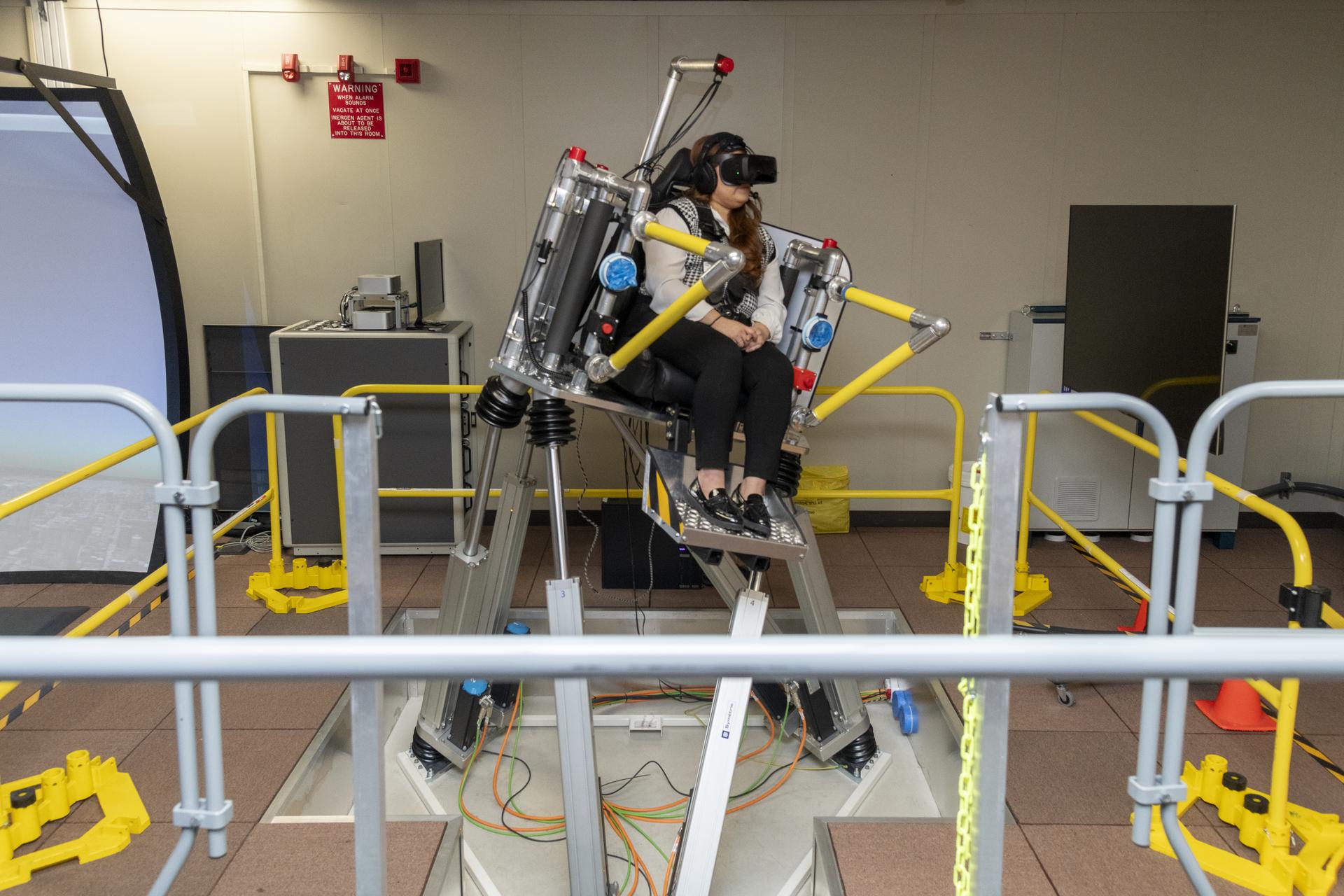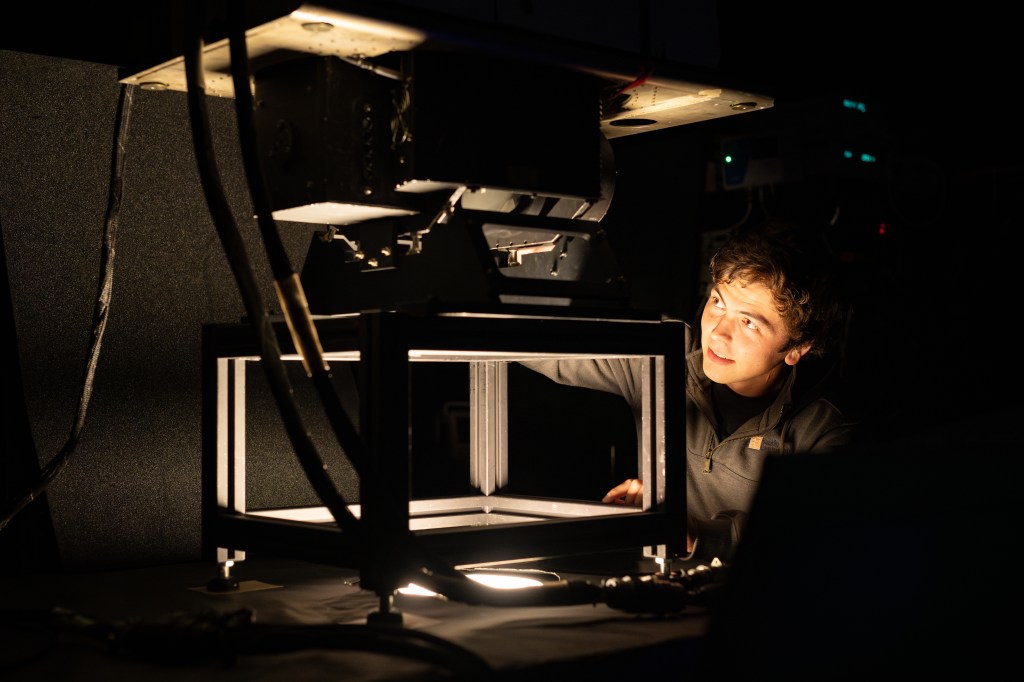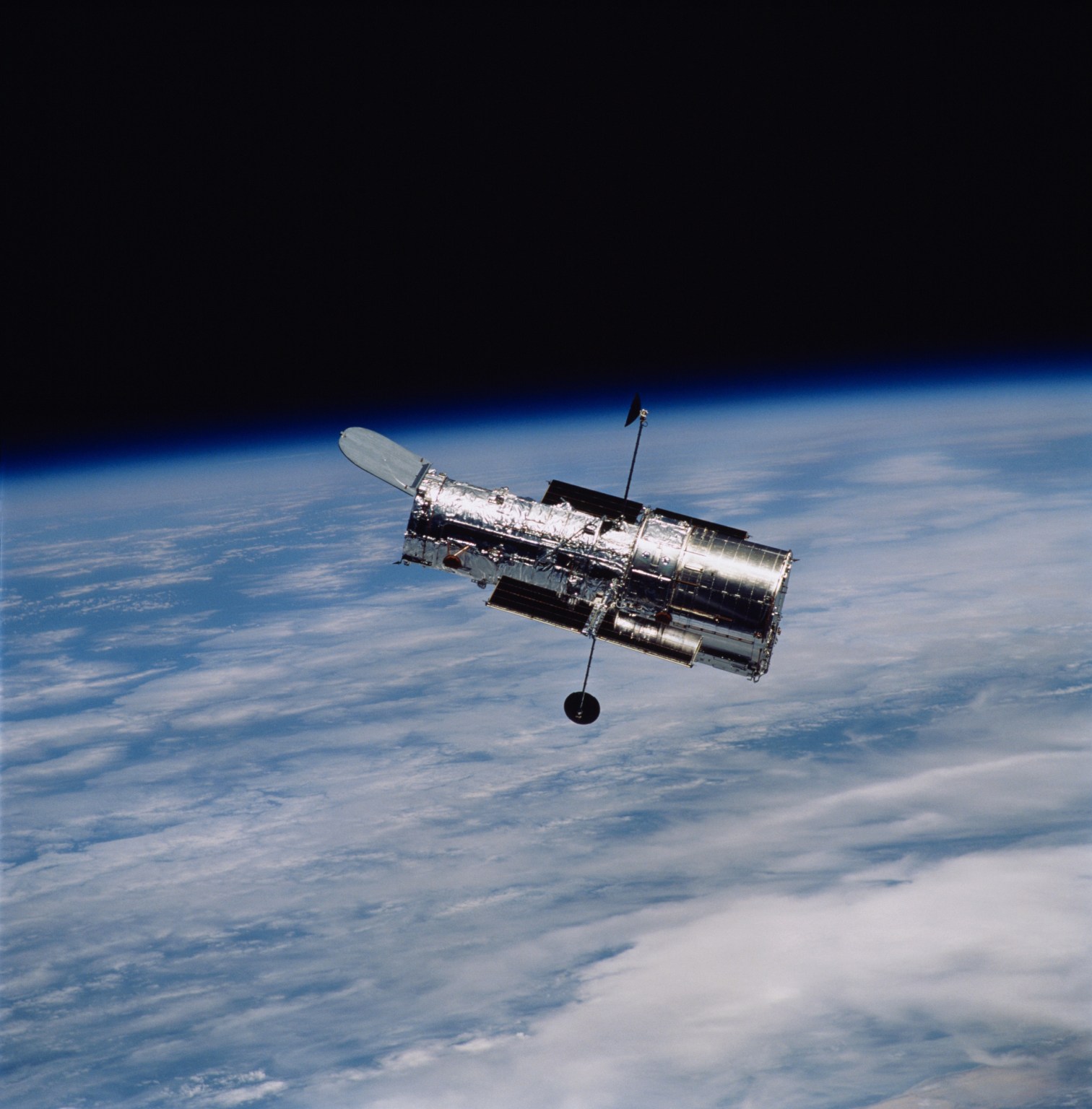1 min read
NGC 4485

The irregular galaxy NGC 4485 shows all the signs of having been involved in a hit-and-run accident with a bypassing galaxy. Rather than destroying the galaxy, the chance encounter is spawning a new generation of stars, and presumably planets.
The right side of the galaxy is ablaze with star formation, shown in the plethora of young blue stars and star-incubating pinkish nebulas. The left side, however, looks intact. It contains hints of the galaxy's previous spiral structure, which, at one time, was undergoing normal galactic evolution.
The larger culprit galaxy, NGC 4490, is off the bottom of the frame. The two galaxies sideswiped each other millions of years ago and are now 24,000 light-years apart. The gravitational tug-of-war between them created rippling patches of higher-density gas and dust within both galaxies. This activity triggered a flurry of star formation.
This galaxy is a nearby example of the kind of cosmic bumper-car activity that was more common billions of years ago when the universe was smaller and galaxies were closer together.
NGC 4485 lies 25 million light-years away in the northern constellation Canes Venatici (the Hunting Dogs).
This new image, captured by Hubble's Wide Field Camera 3 (WFC3) and Advanced Camera for Surveys (ACS), provides further insight into the complexities of galaxy evolution.
About the Object
- R.A. PositionR.A. PositionRight ascension – analogous to longitude – is one component of an object's position.12:30:31.46
- Dec. PositionDec. PositionDeclination – analogous to latitude – is one component of an object's position.+41:41:43.40
- ConstellationConstellationOne of 88 recognized regions of the celestial sphere in which the object appears.Canes Venatici
- DistanceDistanceThe physical distance from Earth to the astronomical object. Distances within our solar system are usually measured in Astronomical Units (AU). Distances between stars are usually measured in light-years. Interstellar distances can also be measured in parsecs.25 million light-years
- DimensionsDimensionsThe physical size of the object or the apparent angle it subtends on the sky.Image is 2.12 arcmin across (about 15,400 light-years)
About the Data
- Data DescriptionData DescriptionProposal: A description of the observations, their scientific justification, and the links to the data available in the science archive.
Science Team: The astronomers who planned the observations and analyzed the data. "PI" refers to the Principal Investigator. - InstrumentInstrumentThe science instrument used to produce the data.WFC3/UVIS, ACS/WFC
- Exposure DatesExposure DatesThe date(s) that the telescope made its observations and the total exposure time.10 observations between November 2005 and January 2015
- FiltersFiltersThe camera filters that were used in the science observations.WFC3/UVIS: F275W, F336W, F657N, F814W; ACS/WFC: F435W, F606W
- Object NameObject NameA name or catalog number that astronomers use to identify an astronomical object.NGC 4485
- Object DescriptionObject DescriptionThe type of astronomical object.Interacting Galaxy
- Release DateMay 16, 2019
- Science ReleaseGalaxy Blazes with New Stars Born from Close Encounter
- Credit

These images are a composite of separate exposures acquired by the WFC3/UVIS and ACS/WFC instruments on the Hubble Space Telescope. Several filters were used to sample narrow wavelength ranges. The color results from assigning different hues (colors) to each monochromatic (grayscale) image associated with an individual filter. In this case, the assigned colors are: Blue: F275W + F336W Cyan: F435W Green: F606W Red: F657N + F814W
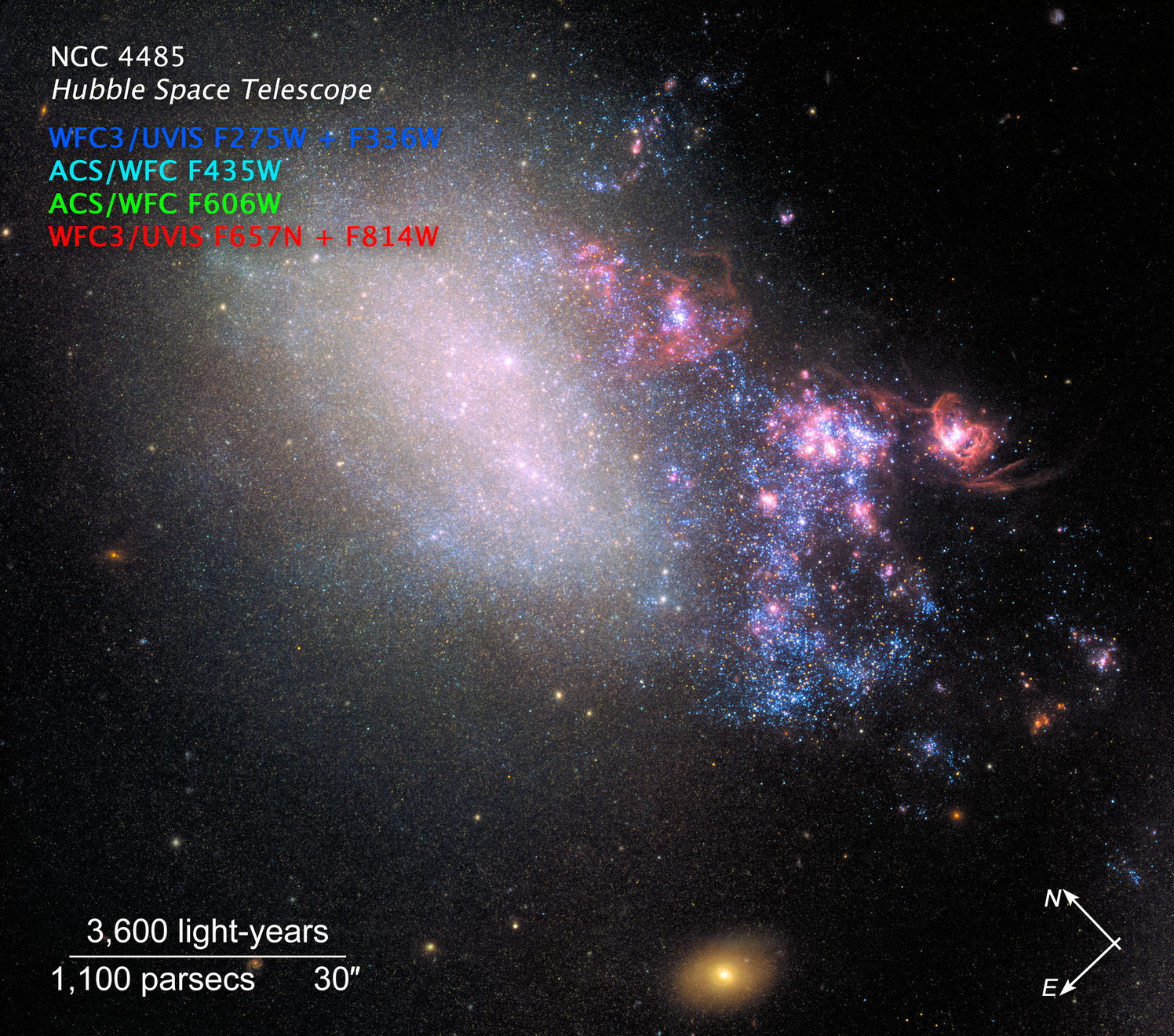
Share
Details
Claire Andreoli
NASA’s Goddard Space Flight Center
Greenbelt, Maryland
claire.andreoli@nasa.gov

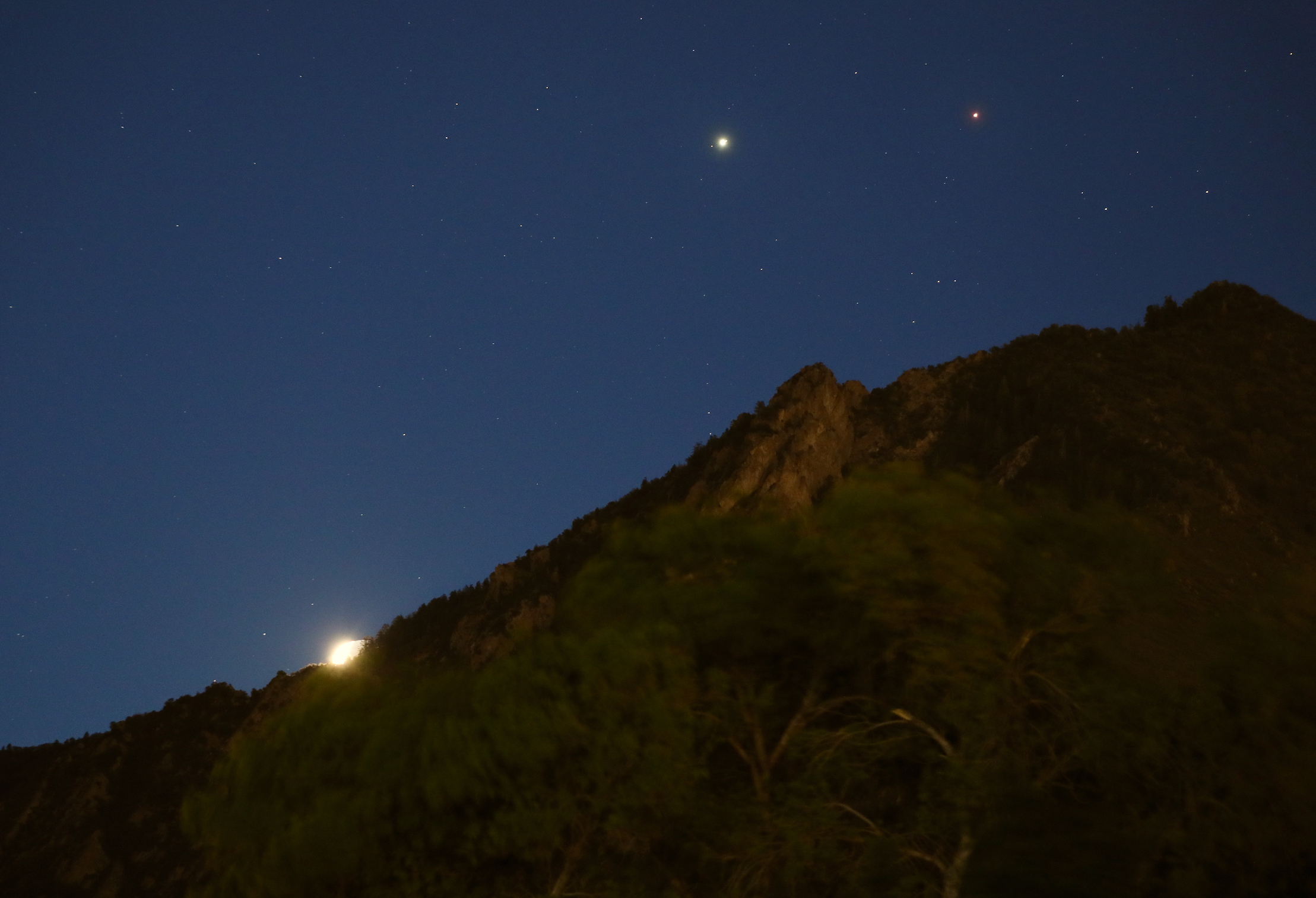
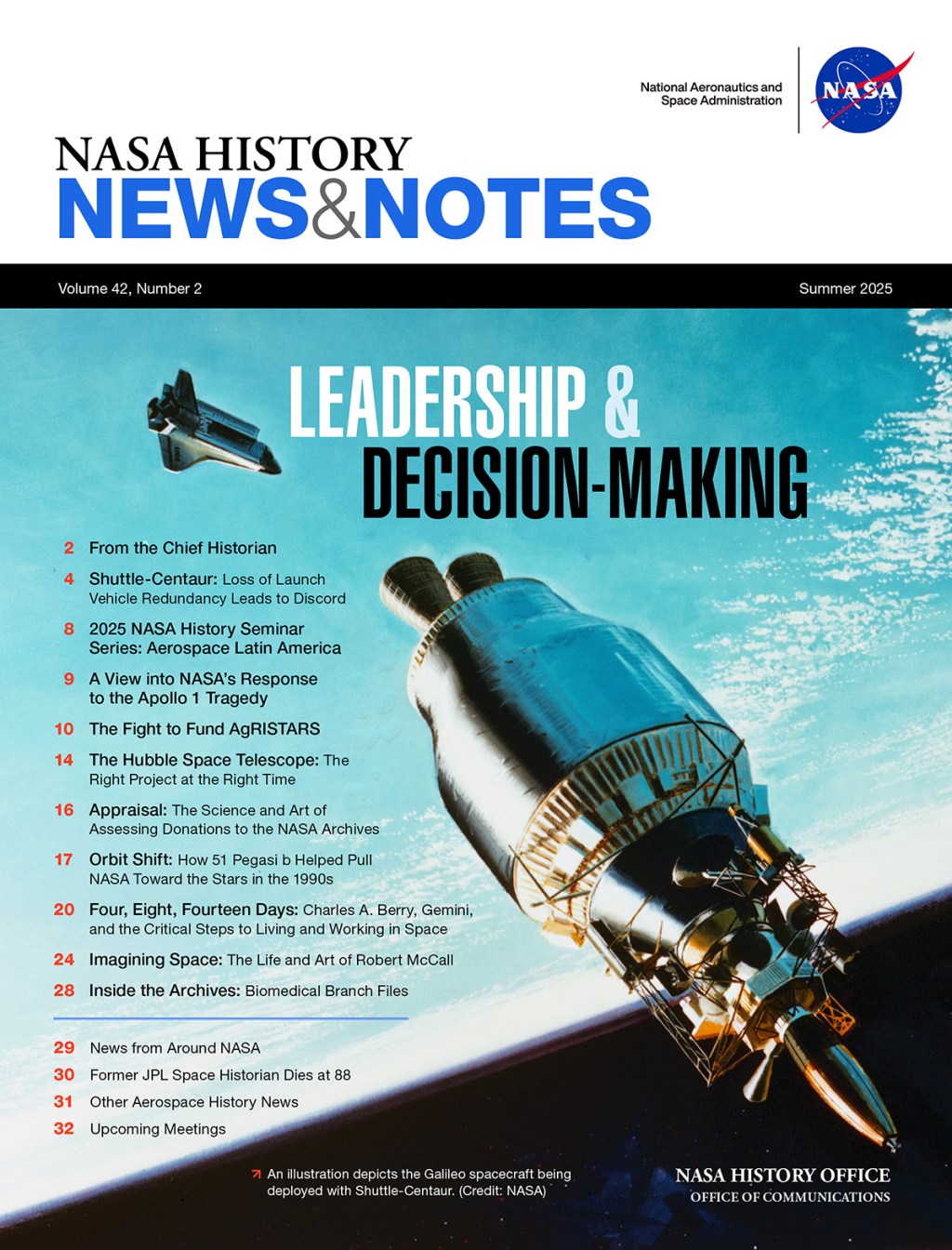

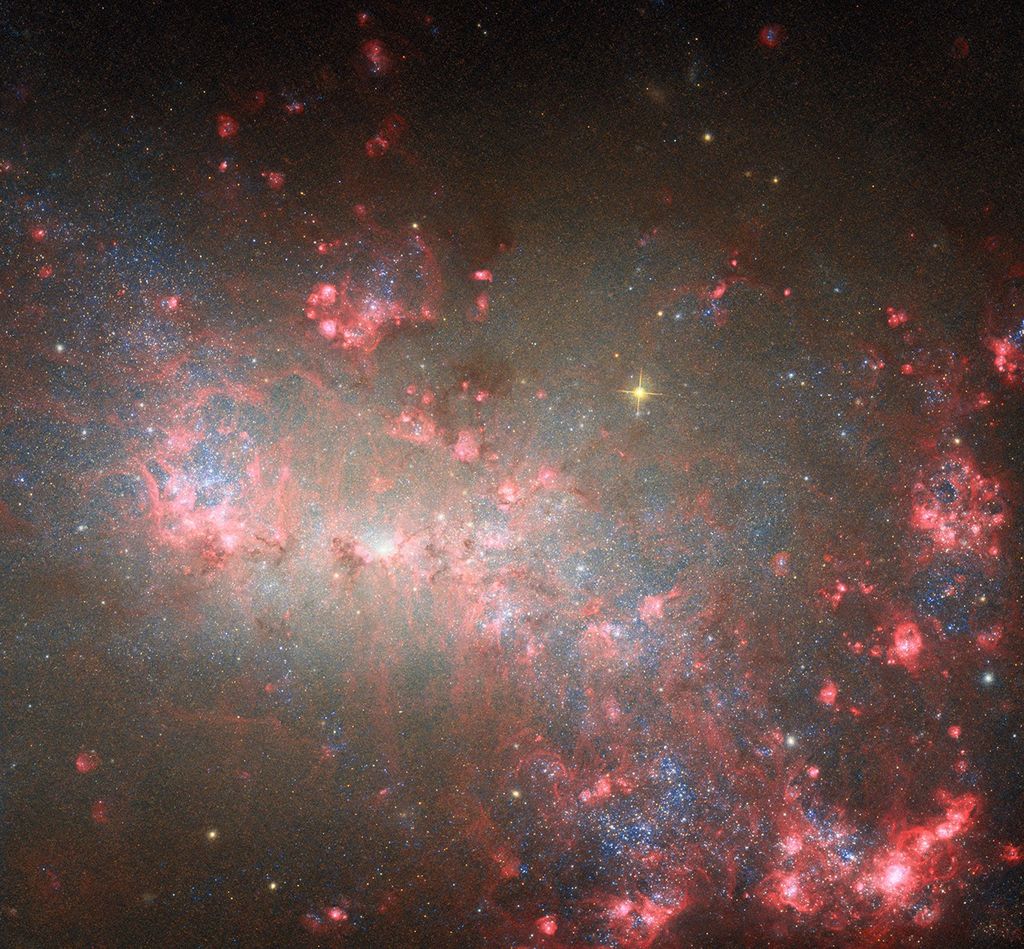

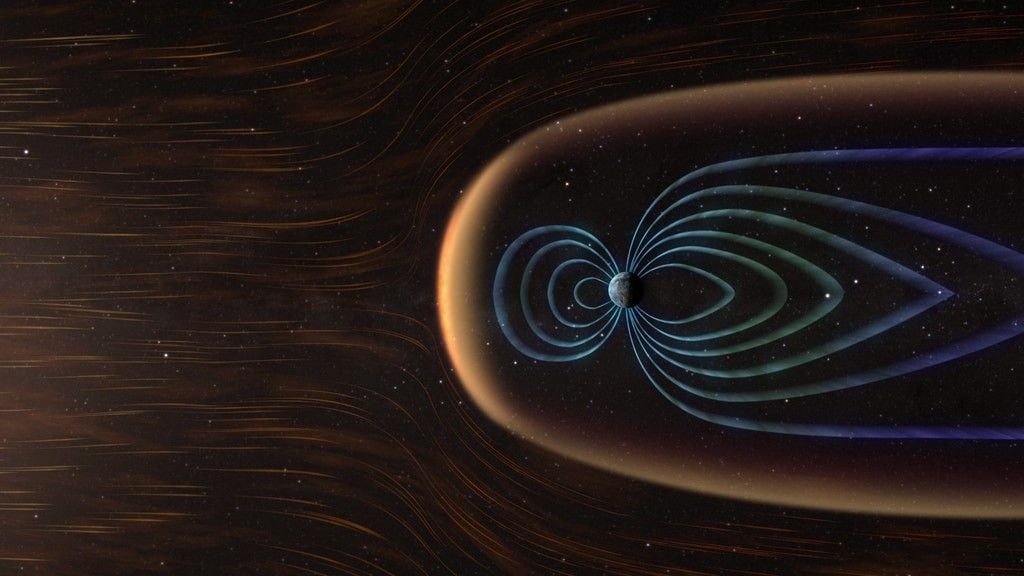
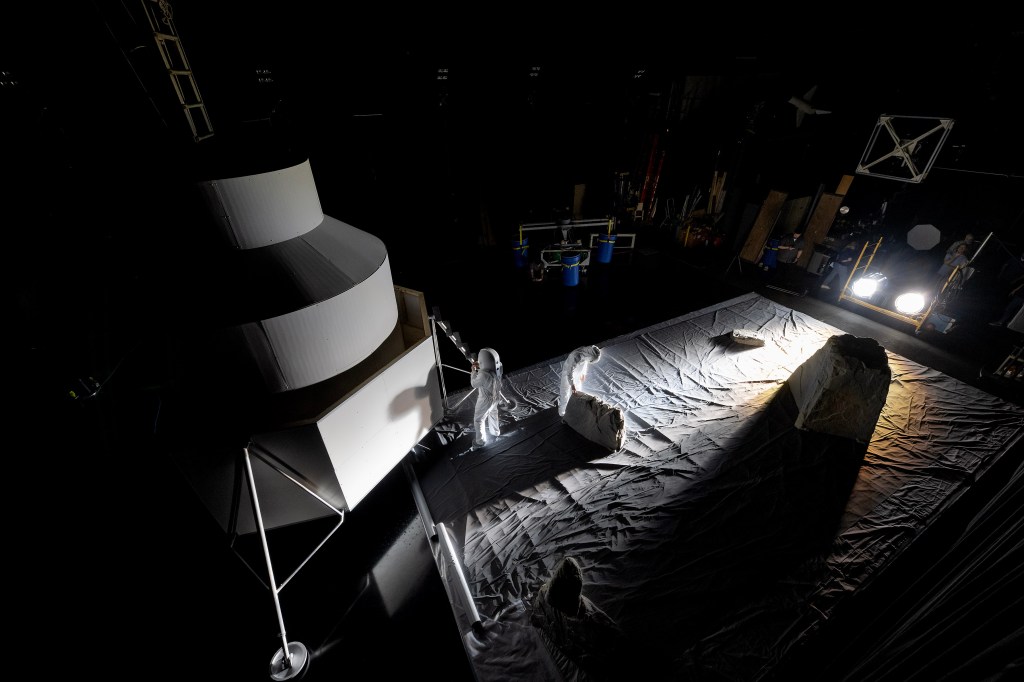


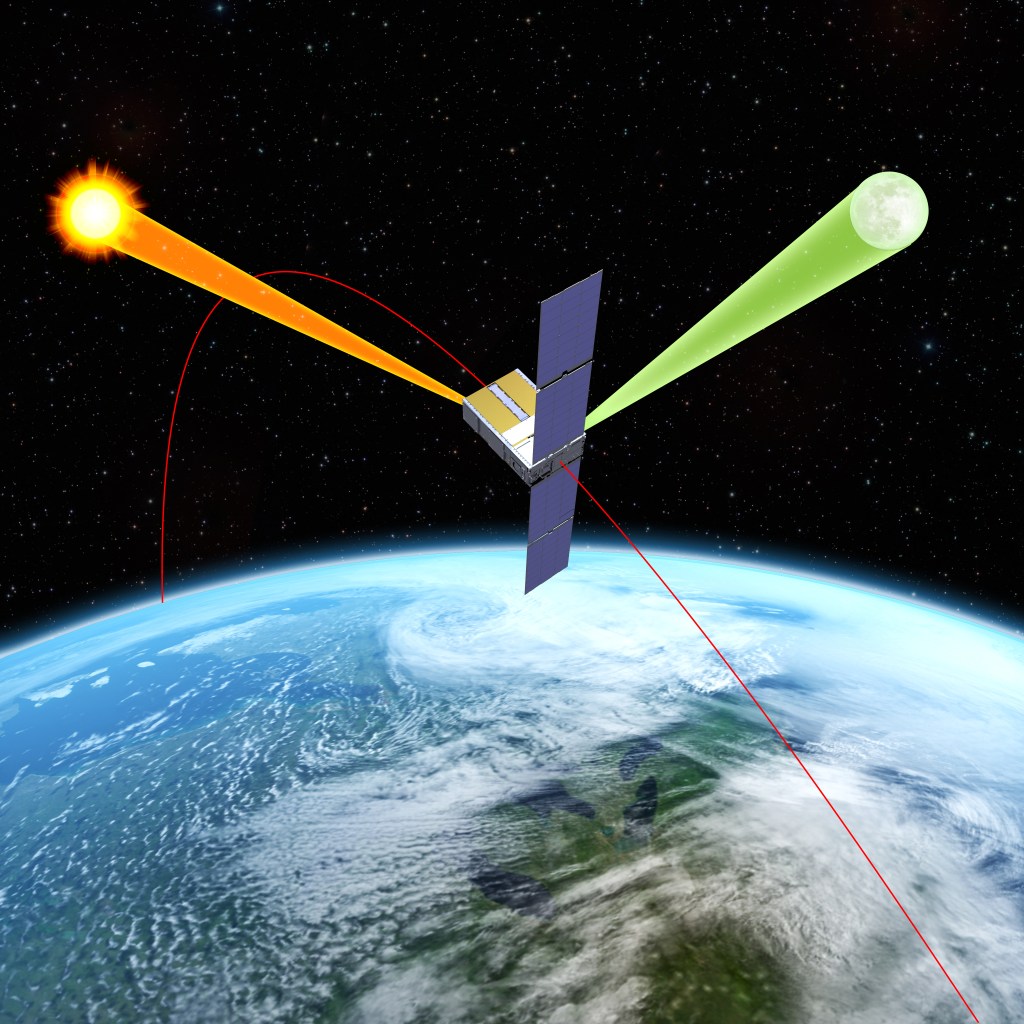

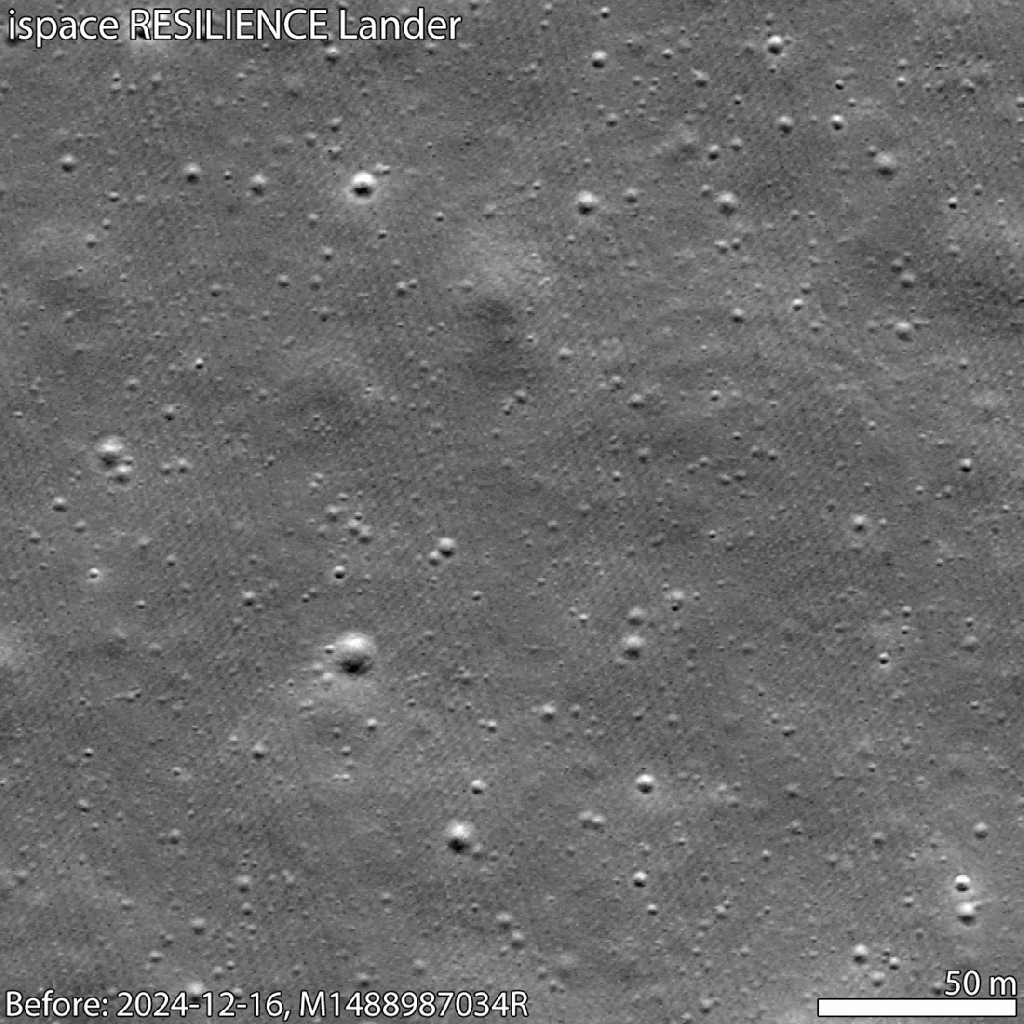
.jpg?w=1024)
